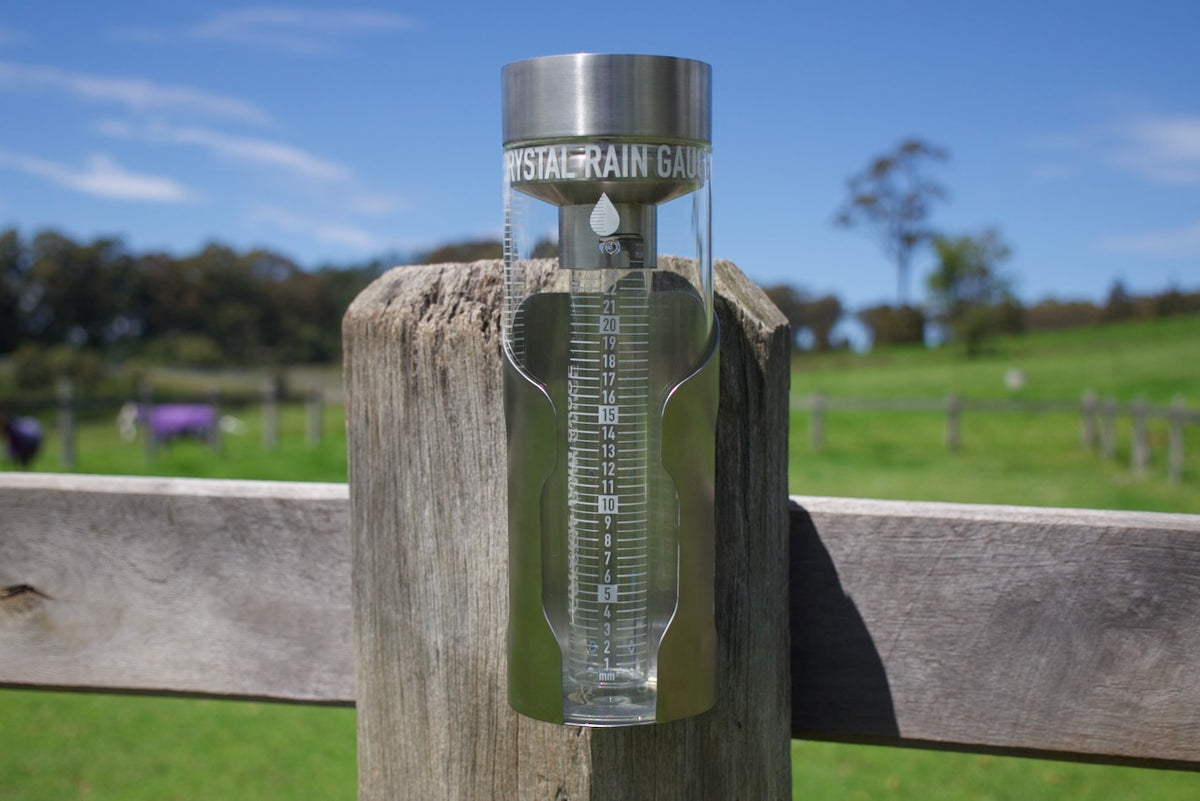The Benefits of Setting Up an Accuracy Rain Gauge for Your Weather Station
The Benefits of Setting Up an Accuracy Rain Gauge for Your Weather Station
Blog Article
Revealing the Science Behind Rain Gauges: Just How These Instruments Play a Vital Function in Climate Research Study and Environmental Surveillance
Rain assesses, apparently straightforward gadgets, hold a profound relevance in the realm of climate research and environmental tracking. These humble tools quietly accumulate among nature's most important elements-- rains. Behind their unpretentious facade exists an intricate science that is important for understanding the dynamics of our environment. As we peel back the layers of this scientific shroud surrounding rainfall assesses, we discover a world where accuracy, data accuracy, and thorough monitoring converge to unveil a deeper understanding of our transforming climate and its influence on the world.
Significance of Rainfall Gauges
Rainfall evaluates play a crucial duty in tracking and determining rainfall levels, giving essential data for climate research and evaluation. These tools are basic in measuring the quantity of rainfall that occurs in a specific location over a particular duration. By measuring and collecting rainwater, rain determines offer useful insights into the circulation and strength of rainfall, aiding meteorologists, hydrologists, and climatologists in comprehending weather patterns and fads.
Additionally, long-lasting information accumulated from rain gauges assists in evaluating climate modification impacts and patterns, contributing significantly to scientific research study and decision-making procedures. In essence, rainfall assesses serve as essential devices in the area of meteorology and ecological scientific research, playing a crucial duty in advancing our understanding of climate and environment dynamics.
Kinds Of Rain Gauges

Performance and Procedure
In the realm of environment study and meteorological research studies, the performance of rain evaluates lies in their elaborate capability and exact operational devices. Rain assesses are developed to precisely gauge the quantity of rainfall that drops over a specific area during a set period.
The functionality of rain determines is based upon the principle of collecting and gauging rainwater in a standardized way. This gathered information is crucial for recognizing local climate patterns, tracking lasting environment trends, and analyzing ecological effects. To make sure exact measurements, rain assesses demand to be purposefully positioned in open locations away from obstructions such as buildings or trees that can disrupt the collection process.
The operational element of rainfall assesses includes regular maintenance to stop debris build-up, calibration checks to keep dimension accuracy, and data videotaping for evaluation (rain gauge). Generally, the performance and procedure of rain gauges are important for gathering reliable rainfall information vital to climate research and ecological surveillance
Duty in Environment Research
Provided the essential value of accurate rainfall dimensions in comprehending weather condition patterns and ecological effects, the duty of rainfall assesses in environment research study is essential. Rainfall gauges here give vital data for environment study by evaluating the quantity of rainfall that drops over a particular location during an offered duration. This data is critical for keeping track of lasting trends in precipitation patterns, assessing the effect of environment change on rains circulation, and enhancing climate versions.

Climate researchers use data gathered from rainfall determines to evaluate variants in precipitation levels, recognize regional climate fads, and assess the efficiency of water source administration methods. By contrasting historical rainfall data with present dimensions, scientists can detect changes in precipitation patterns, such as modifications in the frequency or strength of rains occasions. This info is vital for understanding just how environment modification is affecting rainfall dynamics and can assist policymakers make educated decisions pertaining to adaptation and reduction approaches.
Applications in Environmental Surveillance

In flood projecting, rain gauge data helps to track rains strength and distribution, enabling authorities to issue timely cautions and take essential procedures to reduce flooding risks (rain gauge). Drought tracking relies upon rain gauge information to analyze wetness levels in the soil and track precipitation shortages, visit the site aiding in the recognition of drought-prone areas and the application of drought response techniques
Additionally, rain scale data plays a crucial duty in water source monitoring by supplying info on water accessibility and use trends. Additionally, in agriculture, rain gauge data aids farmers in enhancing watering routines, crop selection, and overall farm administration techniques based on neighborhood precipitation patterns.
Conclusion
In verdict, rainfall determines are essential tools for gauging rainfall, supplying beneficial information for environment research study and ecological monitoring. With different types and capabilities, rain evaluates play a crucial function in understanding precipitation patterns and their effect on the setting. By precisely gauging rains, these tools add to the innovation of clinical knowledge and help in making informed decisions associated to water resource administration and disaster preparedness.
Rainfall gauges play an important duty in monitoring and measuring precipitation degrees, offering vital data for climate study and evaluation. The conventional rain scale, recognized as the "tipping bucket" gauge, is one about his of the most generally utilized tools. Ultrasonic rainfall evaluates use noise waves to spot the existence of rainfall, giving real-time information on rainfall degrees.Climate researchers utilize data collected from rain determines to assess variations in precipitation degrees, identify local environment trends, and evaluate the effectiveness of water source administration methods.In conclusion, rain assesses are crucial tools for gauging precipitation, supplying useful information for climate study and environmental surveillance.
Report this page